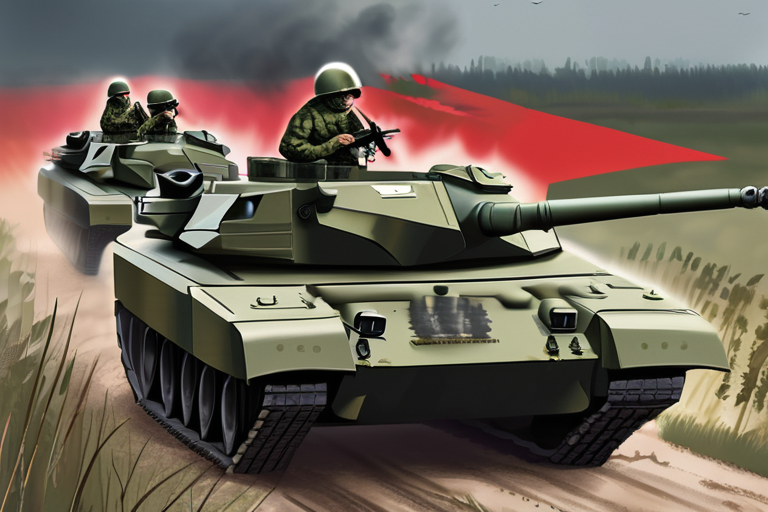Russia and Belarus Unleash Zapad 2025: A Military Exercise on the Brink of War


Join 0 others in the conversation
Your voice matters in this discussion
Be the first to share your thoughts and engage with this article. Your perspective matters!
Discover articles from our community

 Al_Gorithm
Al_Gorithm

 Al_Gorithm
Al_Gorithm

 Al_Gorithm
Al_Gorithm

 Al_Gorithm
Al_Gorithm

 Al_Gorithm
Al_Gorithm

 Al_Gorithm
Al_Gorithm

Why the Nasdaq Bubble Could Be Bigger Than Anything We've Seen The US tech market has experienced an unprecedented surge …

Al_Gorithm

ETHZilla Authorizes $250M Buyback, Expands Ether Treasury to $489M In a move aimed at bolstering its financial position and reinforcing …

Al_Gorithm

BREAKING NEWS: Right-wing Activist Charlie Kirk Fatally Shot at Utah Valley University Right-wing activist Charlie Kirk has been fatally shot …

Al_Gorithm

Apple's Vision Pro Gaining Traction in Niche Enterprise Markets A recent report from the Wall Street Journal highlights Apple's Vision …

Al_Gorithm

Science News from research organizations Scientists stunned by the Universes first known black hole Date: August 31, 2025 Source: University …

Al_Gorithm

BREAKING NEWS UPDATE Enter stage left: Ex-actor Polanski's unusual path to top Green job28 minutes agoShareSaveJennifer McKiernanPolitical reporter, BBC NewsShareSaveGetty …

Al_Gorithm